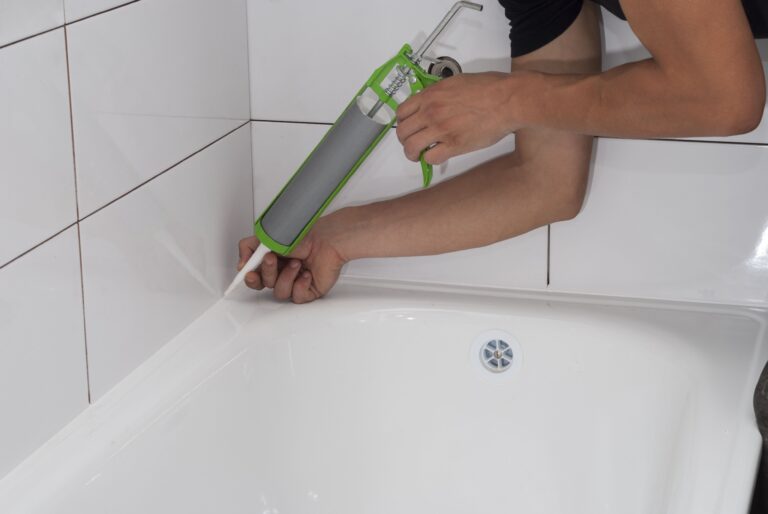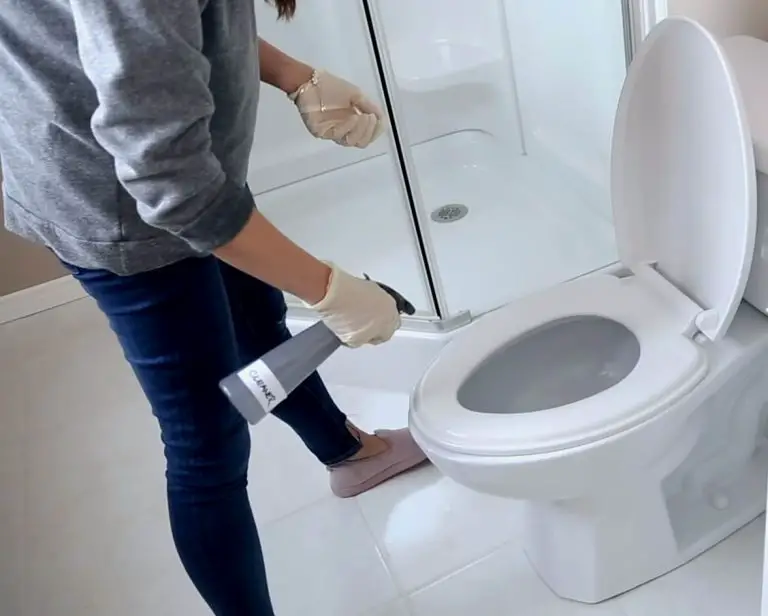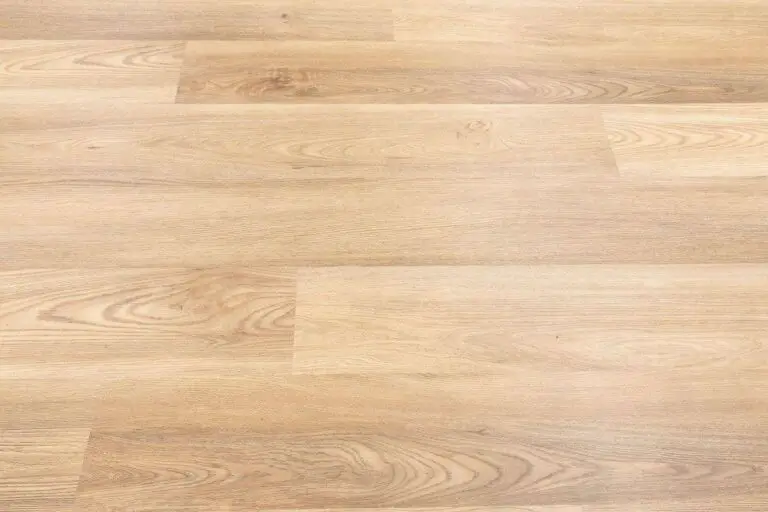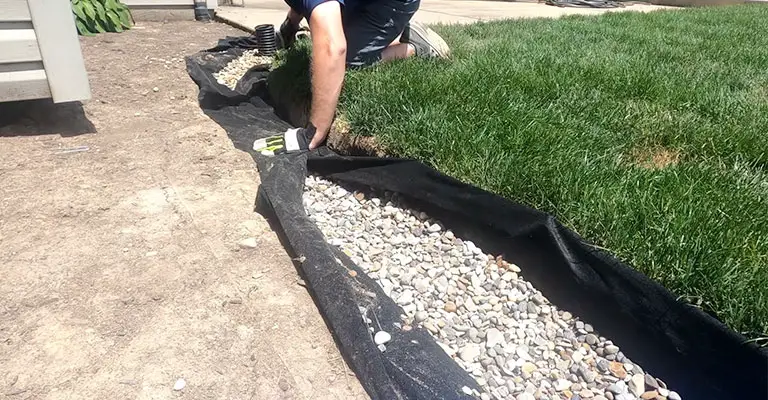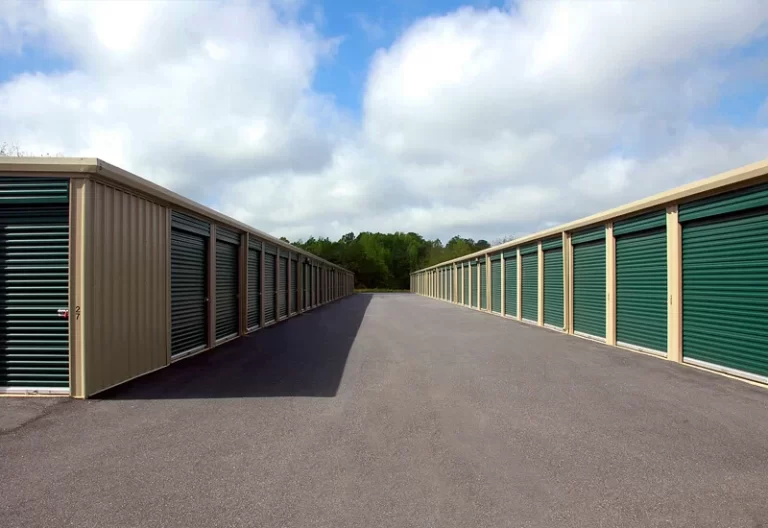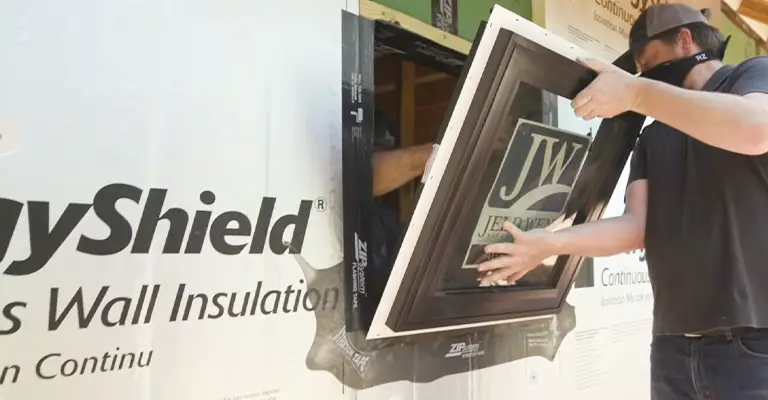What Is The Difference Between Base 1 And Base 4 Valspar Cabinet Paint?
So, right off the bat, let me tell you something. This is a question that even Valspar didn’t answer correctly. So naturally, I had to dig around for a bit.
It was difficult for me to find a description of the differences or a definition of the term on any manufacturers’ sites. Luckily, I found a forum that made everything easy peasy lemon squeezy. Here is your answer:
Paint bases are specially formulated paint mediums used for mixing colors. A pastel color takes base 1, a medium color takes base 2, and a deep color takes base 4. This is also true for Valspar Cabinet paint.
The difference between base 4 and base 1, besides formulation differences, is more space in the can to add tinting colors. The bases aren’t meant for sale as is – that’s why there’s so little info available on them.
To formulate a color, these ingredients are used. You won’t get the same color if your color is mixed in base 1 and the same formula is then used in any other base. There are numbers there for the information of the paint tinter.
It is not necessary for us to know the differences, as they are not intended for use. And that is why most manufacturers including Valspar don’t even bother with this information.
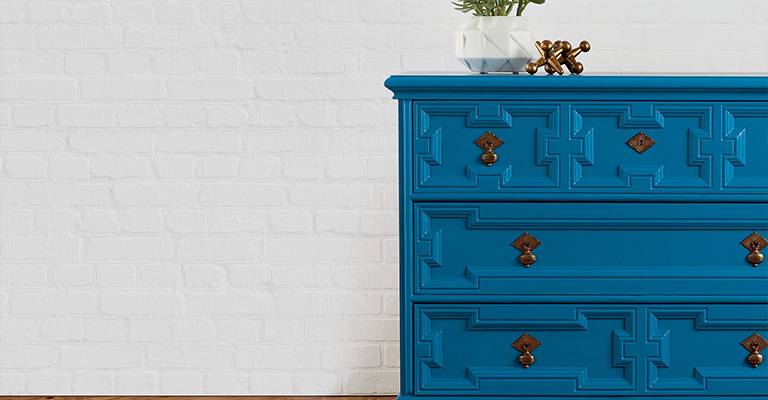
Let’s Start With The Basics
As a beginner, it may surprise you to learn that base paint isn’t primer. As a base coat, primer is applied before painting a wall with a new color while base paint is not. Instead, base paint is used in the creation of painted colors.
Although it is called “paint,” base paint is not in the traditional sense a complete paint. It is more like a foundation than a complete paint. It looks white when you open a can of base paint. In reality, there is a lot of clear paint inside.
Colorants contain materials that can react with the clear portion, essentially absorbing the solids and resulting in a tint. Due to the incorporation of colorants into the clear material, the hue of the paint changes.
Can I Use Base Paint Without Tint?
It’s technically possible, but the outcome won’t be perfect. Untinted base paint won’t hurt, but you won’t get enough color in the paint. For the paint to be complete and offer appropriate coverage, the colorant is necessary.
Adding colorant to the base paint is necessary even if you want pure white walls. A paint that lacks pigment would not be as effective.
When you use untinted paint to cover an existing color, you are significantly more likely to have the color bleed through than tinted paint.
Explaining In Detail
Based on titanium dioxide content, there is usually a difference between bases. In most paints, TiO2 is used as a pigment to make them white and opaque.
It is possible to buy or make paint, such as white, from the shelf that is composed of 30% or more TiO2. The TiO2 content of medium- or mid-tone colors is lower, probably 10-15%.
A clear or deep-toned base contains no TiO2. This means that you would have almost clear dried paint if you did not tint it. If you darken a can of white paint to the deep-toned colors, we’re accustomed to seeing, you’re going to overfill the can, which is nigh impossible.
The base system is so designed that retailers can add all of the colorants at the store without diluting the other ingredients beyond their useful limits.
A base paint can be used without a tint technically. The paint will dry on your walls once it has been applied. If you don’t tint your windows, you won’t get the color you want, even if you are just trying to achieve white.
The Different Kinds Of Paint Bases
Each kind of paint base has its characteristics. There are two different processes for labeling. One method is based on a number between 1 and 4. The cans are labeled Base 1, Base 2, Base 3, Base 4, and Base 5.
Definition
A paint can include a base number, which tells you what different based paints may be used to create the desired color. These colors are added to the base color to create the desired color.
Differences
White pigment makes up the majority of Base 1. It works well with whites or pastels. In base 2, the colors are slightly darker, though they are still fairly light. The best base for mid-tones might be base 3. There are fewer white pigments at base 3
It can accept more colorant when it is in Base 1 or Base 2. It can incorporate more colorant and has the least amount of white pigment, making it ideal for dark colors.
When it comes to the names of their base paints, some companies go in a different direction. Labels such as White Base, Pastel Base, Light Base, Medium Base, and Deep Base may appear. According to the color you’re trying to achieve, you’ll need to use a different base.
The white pigment in the White Base is the most preexistent, followed by the Pastel Base and the Light Base. Deep Base contains the least amount of white pigment, whereas Medium Base has a medium amount of white pigment.
Another possible label for base paint is Accent Base. With Accent Base, you can create vibrant, rich colors. White pigment is typically present in very small amounts, giving them the ability to accept more colorant, resulting in stronger results.
Importance
As long as you’re not mixing paint yourself, it seems less important to know the base number as long as you know the finished color. If exterior paints are used, keep in mind that they will fade faster because of their darker tint.
Order
In a base number, the paint is used for tinting or changing, the color of your paint. A darker tinting paint is generally produced by a higher base number.
About Valspar® Cabinet And Furniture Oil-Enriched Enamel
VALSPAR Cabinet and Furniture Paint dries to a smooth factory-like finish and is designed to withstand daily use while protecting your furniture from fading, scratching, and scuffing. There is usually little to no prep work involved in most projects. With oil-enriched formula, there are no brush marks left behind.
- Using It Properly
Allow it to dry after thoroughly cleaning the surface. Remove any loose wallpaper or peeling paint. Scrub shiny surfaces to remove the gloss.
Cracks should be patched, and spots primed before painting. The best results will be achieved by applying one coat of interior latex primer to heavily stained areas.
The paint should be thoroughly stirred. Be sure to mix containers thoroughly to achieve uniform colors. Use a roller or a brush of good quality to apply. Spread the paint thinly in two coats.
If necessary, additional coats might be required for bare wood and some deep or bright colors. Conditions of the surface and application methods can also influence coverage. Let the surface dry thoroughly before recoating or using.
Advantages Of Valspar Cabinet Paint
- There is no need for a topcoat.
- Unlike normal paints, this cures into a hard, tough finish upon curing
- Soap and water are needed to clean up water-based products
- Low volatile organic compounds/gasses (VOCs) and low odors
- Almost all colors from Valspar’s paint line (2,200+) and custom tinted to match other manufacturers’ colors
- There are very few brush marks thanks to how smoothly it flows and levels!
- A durable finish that resists scratches and scuffs
- Unlike old oil paints, these paints won’t go yellow
- A smooth finish can be achieved by spraying or by hand applying
- Touching up is easy when necessary
Final Words
Understanding the nuances between Valspar’s Base 1 and Base 4 is paramount. Prepping previously painted surfaces plays a significant role in ensuring the longevity of your paint job. Before applying your colored paint, always ensure that you dull glossy surfaces for better adherence. When dealing with metal surfaces, utilizing a rust-inhibitive metal primer is a game-changer. It preps the surface for both Base 1 and Base 4 paints and ensures maximum durability.
Moreover, for those aiming to achieve a product flat look in master bedrooms, Base 1 and Base 4 cater to your preferences with versatility. But don’t be fooled by the smooth appearance; both deliver a scuff-resistant finish that stands up to the rigors of daily life. This means that while the aesthetics are high-grade, so is the resilience of the paint. Lastly, always remember during application to stir paint thoroughly to maintain its consistency. Regardless of whether you’re opting for an oil-based paint or another variant, ensuring a well-mixed product will result in a flawless and resistant finish that’s both beautiful and enduring.
Painting cabinets requires hand painting the bases, no matter how much paint you spray on the drawers and doors. It is the painting tool and the individual applying the product that leads to an uneven finish 99% of the time. So, if you are using Valspar cabinet paint, make sure you understand the difference between base 1 and base 4.

